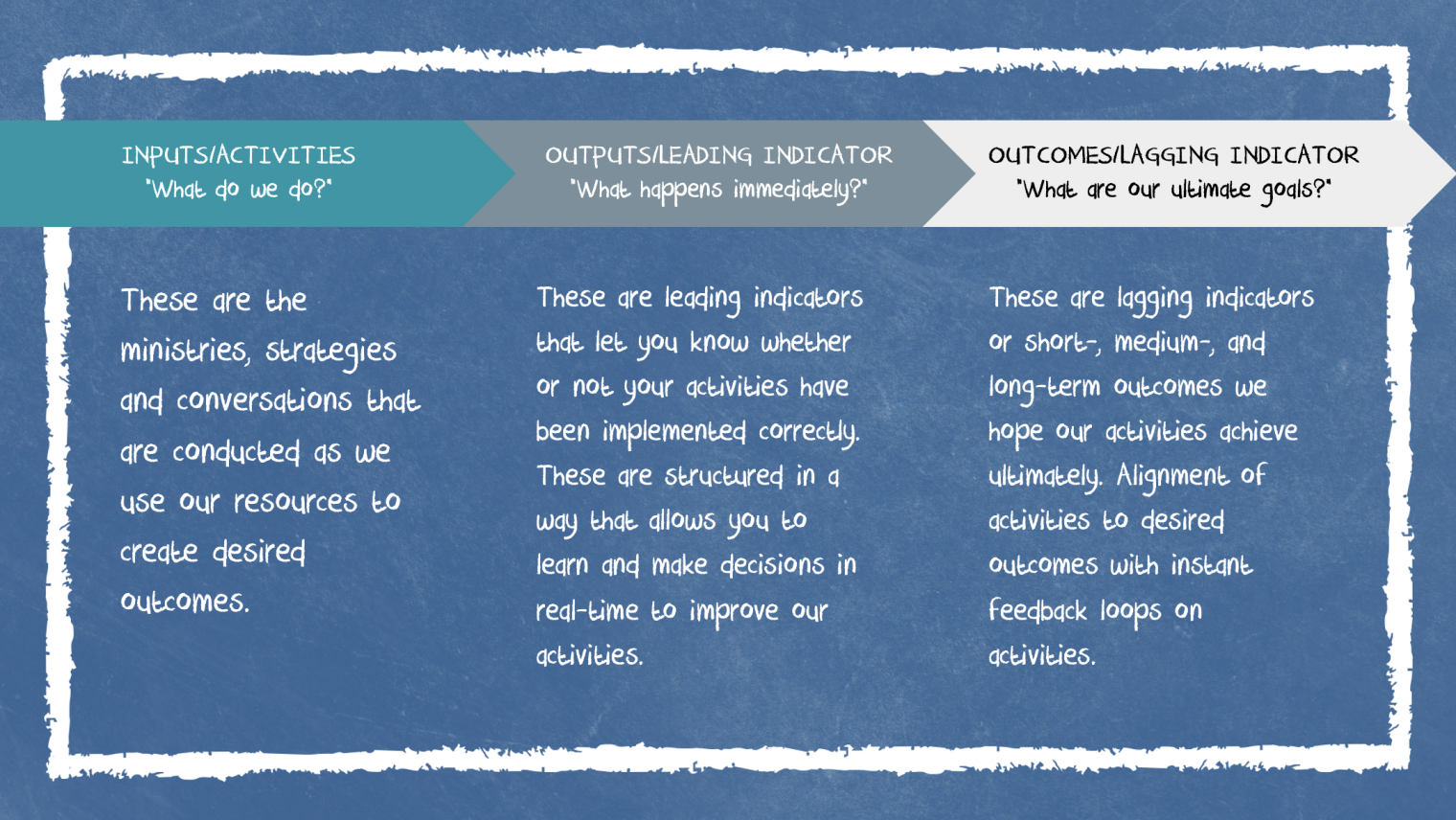06.03.22 | Leader Development, New Faith Expressions, Congregational Development
Multiplying Impact aligns our mission to God’s call by listening and discerning with the broader community how we might reshape ministry and repurpose resources for the greatest good.
We talk about this fourth pillar last because we want to be sure we aren’t multiplying the wrong things. The world has enough exclusion, negative stereotyping and cliques who care more about what they want than what God wants. Our picture of impact is a multiplication sign that shows that we are a gathered and sent people; gathered for centering in on God’s purpose for us and sent outside the walls of our buildings for participating in God’s harvest.
Connecting the why, what and how of what we do–aligning everything with the mission and where God is calling the church in this season–is essential. Measuring impact on what matters most rather than money or participation numbers is essential as we increase our capacity to build relationships, develop leaders and partner with others.
Many churches mistake activity for impact. Churches don't need to do more things, just more of the right things; to focus on what God is calling forth.

Inputs are our activities that include our use of time, talent and treasure. Outputs are things we immediately can track after an activity happens. This is why they are also called leading indicators. And Outcomes or lagging indicators are short-, mid- or long-term goals connected to our mission. Often the church is missing the middle column in its thinking which prevents it from getting real-time feedback on its activities.
Let’s take a look at some personal examples before applying this to the church.
Let’s say your long-term outcome is improved health and you have identified the need to lose weight as an important intermediate goal. So your activity would be dieting and exercise. The leading indicator would be tracking daily calories in-calories out so that the goal of losing weight or health is achieved. Just stepping on the scale is insufficient to keep your activities in line with your desired outcome.
Dieting and exercising not your thing? How about maintaining a budget for the activity? The output or leading indicator is spending less than income. The outcome we may seek is enough money to retire at 70 or financial viability.
Let’s look at a church measure using one of the pillars. A church that is seeing all the people builds authentic relationships that honor the divine and the gifts of each person. Eventually, if done well and consistently, the church reflects the diversity of its community and is inclusive, diverse, equitable and antiracist (this could be an outcome). What is the best activity to start? Let’s say building relationships with new people in the community through relational one-to-one meetings. If that’s our activity, a leading indicator might be how many new relational 1:1s per week.
A church that multiplies its impact has let go of its need to be all things to all people, it is ready for doing something new, has discerned and is aligned around what difference God is calling them to make in the name of Jesus and has created metrics that help them know whether or not they are making progress in that very specific area. For example, if the outcome is literacy we might track on-grade-level reading. If that is our outcome, the leading indicator could be the number of volunteer hours spent reading each week or month.
Too often we are so caught up in doing church that we don’t make time to reflect on what we need to stop or start doing to be the church that God is calling us to be.
